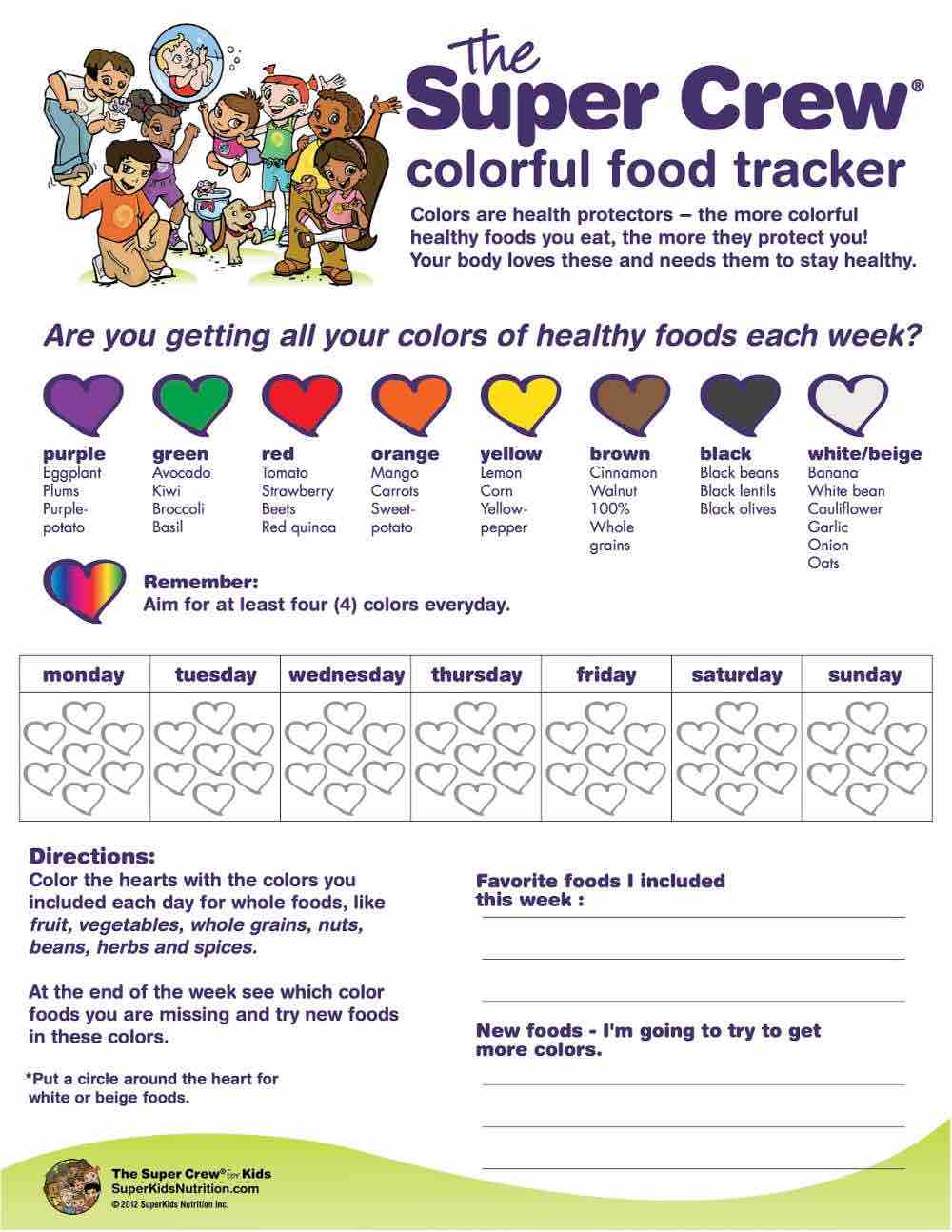
Providing your caregiver or grandparents tools to support your kids healthy eating habits is possible!
Successfully parenting your child towards life-long healthy eating habits involves the entire family, including caregivers (nanny’s, babysitters and grandparents). Working with your caregiver to build a balance of freedom and restriction for your child can be challenging at times. Stocking healthy foods for your children and caregiver is the first step to help make sure they offer healthy foods to eat and serve. But demonstrating healthy habits and guiding kids into healthy behaviors entails more than just that! Here are more steps your caregiver can take to foster healthy eating for life:
Don’t Reward Good or Bad Behavior With Food.
- Impress upon your caregiver the importance of helping your child build a healthy relationship with food. Using food as a bribe or reward for good behavior in childhood is linked with an increase in restrictive food behaviors and binge eating in adults (1). Set your child up for success by keeping food separate from behavior and emotions. Instead, encourage your caregiver to reward your child for good behavior with fun activities like 10 minutes of extra play time at the park, or the choice of a new naptime reading book.
Cut down on juice.
You don’t want juice, but your caregiver loves it –so you keep it in stock. Watch out! Your child may want it too. Excess juice intake (12-30oz/day) by young children may decrease a child’s appetite, resulting in lower food intake and poor growth. So offer a practical solution. Juice can easily be overdone – remember the 4oz Dixie cup –this is the right juice portion size for preschool age children. Offer 100% juice in the correct portion. Or you can offer watered-down versions of juices to kids. Mix a small amount of juice with seltzer water for a fun carbonated treat! Find out your child’s water needs.
Encourage New Foods.
Research shows that as children mature through their toddler years, the number of food exposures required before a child will accept a new food increase. It takes relatively few exposures for infants to enjoy a new food, whereas it can take up to 15 exposures before a 3 or 4-year-old will voluntarily eat a new food (1). Fifteen exposures are quite a lot, so remind the caregiver not to give up!
Continue to stock a variety of foods for your child, their palate with likely expand in the future. Talk to your caregiver about encouraging statements to provide around food. For example, if your child says, “these peppers are yucky!” try saying, “but have you ever tried these peppers.” “Maybe if you tried them today you will be surprised by how tasty they are.” If they don’t eat it, encourage one bite. Ask your caregiver to offer two vegetable choices, and allow the child to choose. Kids will often eat more of the vegetable they chose, feeling empowered. But relax, and don’t make it a food fight if they say no. Instead, encourage your caregiver to offer the same food, prepared different, cooked, raw, roasted, shredded, finger size or cut with cookie cutters another day. Share these tips on getting your kids to eat more produce.
 Eat the Rainbow.
Eat the Rainbow.
It is important to empower your child and give them control of their healthy eating habits. One fun idea is to have your nanny show your child a picture of a rainbow and ask them to pick out four colors. Next, ask them to come up with one fruit or vegetable in each color category that they will eat that day. For example kale chips for green, tomatoes for red, sweet potato for orange, and banana for yellow. This gives your child choices while still ensuring they get a well-balanced, healthy diet. Print out the Super Crew color tracker (it’s fun!) and have the nanny and child tracker and have them track how many colors they ate each day for the week.
Be positive and encouraging.
The best advice is to lay to ground rules with the nanny up front. Be positive and nice always! Give a one-sentence reason why this is important to you such as “It is very important to our family to provide a healthy diet, so our child gets sick less often and grows healthy.” Make it easy for your nanny to get on board, with tips on the fridge for quick and easy healthy snack and meal ideas!
Get feedback from your nanny, caregiver or grandparent on which strategies are working, and which ones aren’t so that you can present a united front to your child. It really does take a village to (properly) raise a child! See 5 Tips to Help Your Nanny to Feed Your Kids Right.












